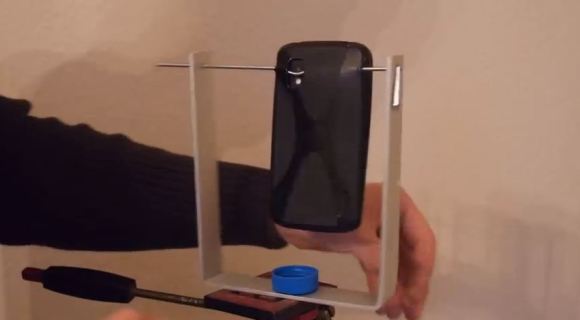When [Ian] first set out to create a homebrew OLED, he found chemical suppliers that wouldn’t take his money, manufacturers that wouldn’t talk to him, and researchers that would actively discourage him. Luckily for us, he powered through all these obstructions and created his own organic LED.
Since at least one conductor in an OLED must be transparent, [Ian] settled on ITO – indium tin oxide – for the anode. This clear coating is deposited on glass, allowing it to conduct electricity and you can buy it through a few interesting suppliers. For the cathode, [Ian] is using a gallium-indium-tin eutectic, an alloy with a very low melting point that allowed him to deposit a small puddle in his OLED stack.
With the anode and cathode taken care of, the only thing left was the actual LED. For this, [Ian] had some success with MEH-PPV, a polymer that is capable of electroluminescence. On top of this is a film of PEDOT:PPS, another polymer that serves to block electrons.
The resulting yellow-green blob of an OLED actually works, and is at least as good as some of the other homebrew semiconductor illumination projects we’ve seen around here. This is only a start, though, and [Ian] plans on putting a whole lot more time into his explorations of organic LEDs.

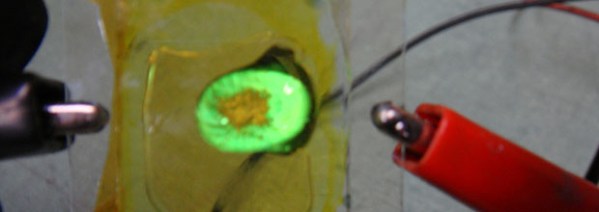
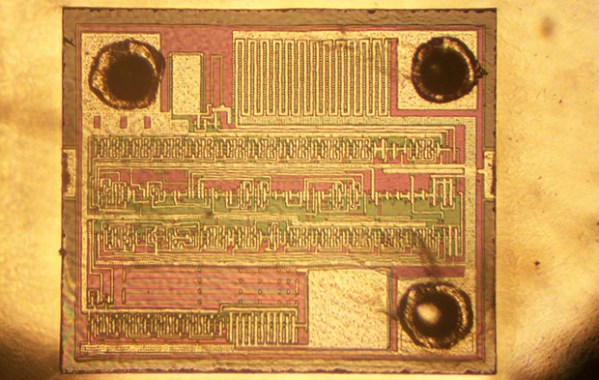

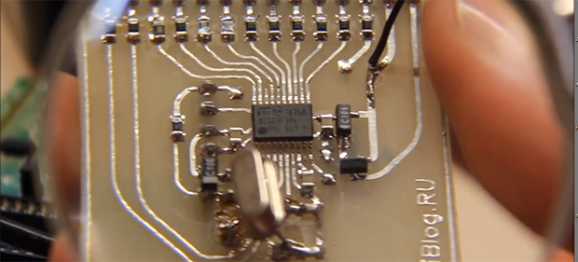
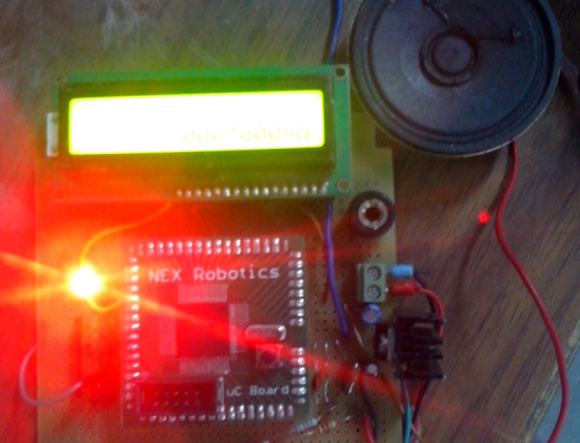 [Aditya] had a project that called for spoken output. He admits that he could have built a PC-based solution, but he found that
[Aditya] had a project that called for spoken output. He admits that he could have built a PC-based solution, but he found that 
